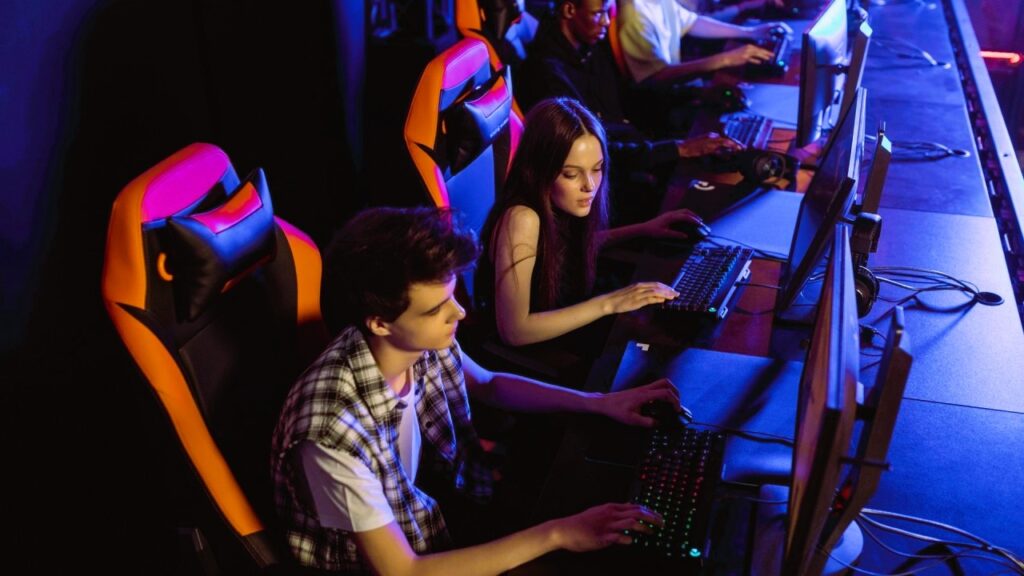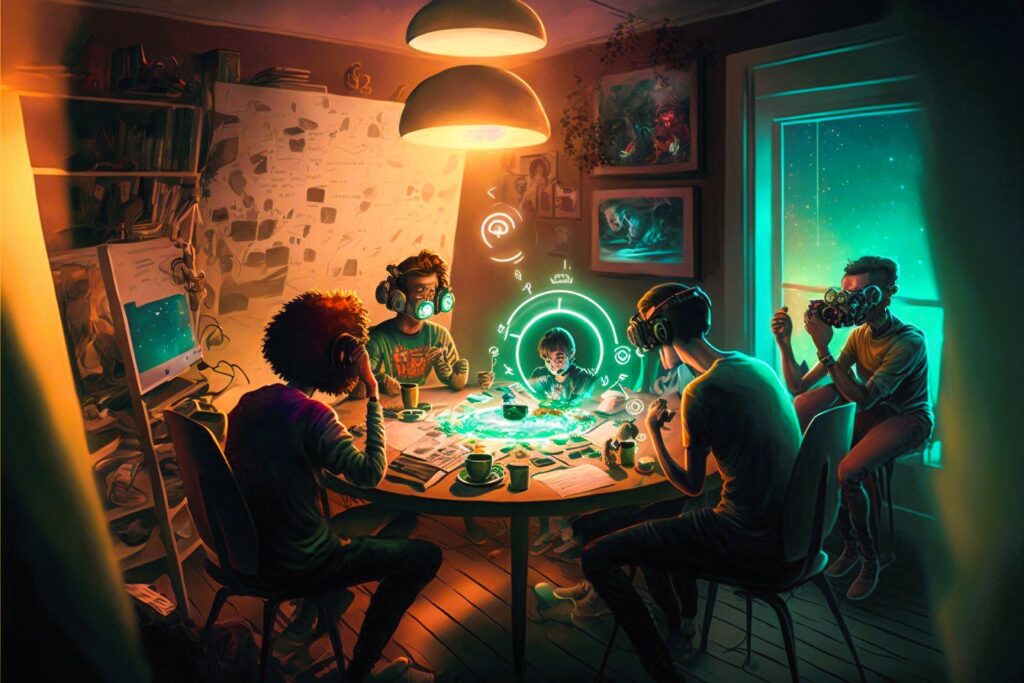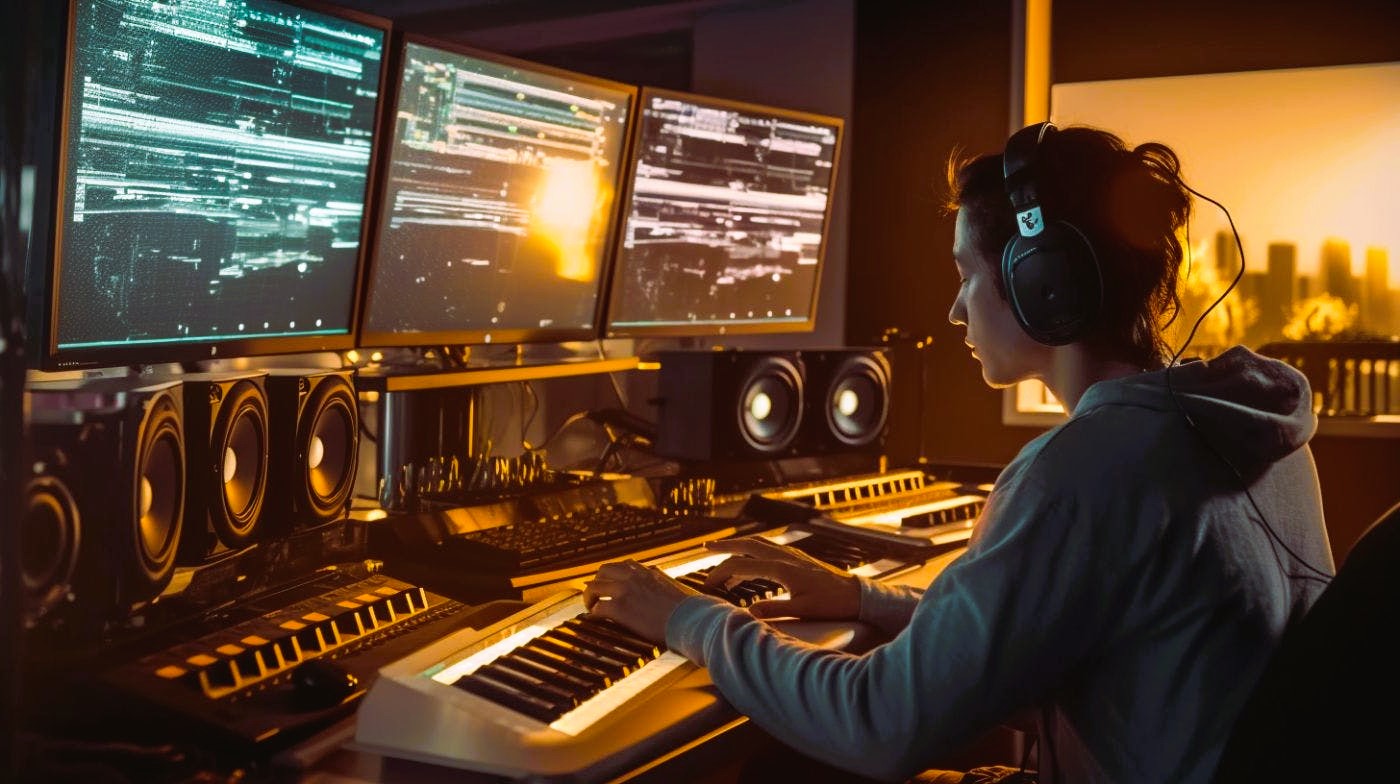In the realm of video games, the importance of sound design is often underestimated. While visual graphics and gameplay mechanics take center stage in discussions about game development, sound plays a crucial role in shaping the gaming experience. From the subtle ambient noises of a serene forest to the booming sound of an explosion in a battle, sound design serves to create an immersive environment that enhances player engagement and emotional connection. This article explores the multifaceted role of sound design in gaming, examining its impact on atmosphere, storytelling, and player interaction.
Understanding Sound Design
Sound design in video games encompasses a wide array of audio elements, including background music, sound effects, voiceovers, and environmental sounds. The primary goals of sound design are to:
- Enhance Immersion: By creating a believable soundscape that corresponds to the visual environment, sound design helps players feel as if they are truly part of the game world.
- Convey Emotion: Music and sound effects can evoke specific emotions in players, heightening tension, excitement, or sadness in key moments.
- Guide Gameplay: Audio cues can inform players about in-game events, such as an enemy’s approach or the activation of a puzzle mechanism, aiding in gameplay without relying solely on visual indicators.
The Components of Sound Design
1. Sound Effects
Sound effects (SFX) are one of the most critical elements of sound design. These audio clips are created to simulate real-world sounds or enhance the gaming experience. From the rustling of leaves to the clang of swords, sound effects play a vital role in crafting the game’s atmosphere.
- Environmental Sounds: These sounds immerse players in the game world. For instance, the chirping of birds in a forest or the distant sounds of a bustling city create a sense of realism and depth.
- Action Sounds: Every action performed by the player or NPCs (non-playable characters) should be accompanied by appropriate sound effects. This includes footsteps, weapon fire, and interactions with objects. Action sounds provide feedback to players, letting them know their actions have consequences.
2. Background Music
Music is a powerful tool in sound design, often setting the tone for different game scenarios. The right musical score can elevate a scene’s emotional impact and guide players through various experiences.
- Dynamic Scoring: Many modern games employ dynamic music systems that adapt the soundtrack based on player actions and in-game events. For example, the music may shift from serene to intense as a player approaches a boss fight, heightening tension and anticipation.
- Thematic Elements: Background music can also convey themes associated with characters or locations. A heroic theme can signify victory, while a somber melody may underscore a tragic moment. Liked the article? Read our comparison about Open World vs. Linear Gameplay.
3. Voice Acting
Voice acting is an essential aspect of sound design, especially in narrative-driven games. High-quality voiceovers can bring characters to life, making them more relatable and memorable.
- Character Development: Well-executed voice acting adds depth to character personalities. A character’s tone, inflection, and delivery can reveal their motivations and emotional states, enhancing the storytelling experience.
- Narrative Delivery: Voiceovers can be used to convey important plot points, dialogue, and lore, guiding players through the narrative while maintaining immersion.
The Impact of Sound Design on Immersion

1. Creating a Believable World
Sound design contributes significantly to the believability of a game world. When sound effects align with visual elements, players are more likely to feel immersed in the experience. For example, in a horror game, the sound of creaking floorboards or distant whispers can create an atmosphere of dread that complements the visual environment. This synergy between sound and visuals helps to build a cohesive and convincing game world.
2. Emotional Engagement
The emotional impact of sound cannot be overstated. Sound design has the power to manipulate players’ feelings and reactions. A well-timed musical score can evoke tears during a poignant scene, while a sudden loud noise can instill fear. Games like “The Last of Us” and “Journey” have showcased how sound design can enhance emotional storytelling, leaving a lasting impression on players.
3. Player Agency and Feedback
Audio cues provide critical feedback to players, enhancing their understanding of the game mechanics. For example, a character’s footsteps can indicate their movement speed or stealthiness. When players receive audio feedback for their actions, it fosters a sense of agency and connection to the game world. Players are more likely to feel invested in their actions when they can hear the impact of their choices.
The Technical Aspects of Sound Design
1. Spatial Audio
Spatial audio refers to the technique of placing sounds in a three-dimensional space, allowing players to perceive sound directionality. This is especially important in immersive games, where players need to identify the source of sounds accurately.
- 3D Sound Design: Utilizing technologies like binaural audio or surround sound, game developers can create an immersive auditory experience. Players can hear an enemy sneaking up from behind or the distant sound of a waterfall, heightening the realism of the environment.
2. Adaptive Audio Systems
Many modern games feature adaptive audio systems that change the soundtrack and sound effects based on gameplay conditions. This technology enhances immersion by responding to player actions and environmental changes in real time.
- Dynamic Audio Layers: By layering different soundtracks and effects, developers can create a rich soundscape that evolves with the game. For example, as a player enters a haunted mansion, the ambient sounds may shift from cheerful music to eerie whispers and creaking doors.
3. Foley Artistry
Foley artists create sound effects by recording real-life sounds that are then synchronized with gameplay. This process adds authenticity to the sound design, as sounds are often more convincing when they are recorded in real-world environments.
- Creating Realism: By capturing the sounds of footsteps on different surfaces or the rustling of clothing, foley artistry helps to ground the gaming experience in reality, making it more relatable to players.
Case Studies: Notable Examples of Sound Design in Games

1. “The Legend of Zelda: Breath of the Wild”
This game is renowned for its exceptional sound design, where ambient sounds contribute to the overall experience. The gentle rustling of leaves, the chirping of birds, and the distant sound of waterfalls all work together to create a vibrant and living world. The dynamic music shifts seamlessly in response to player actions, enhancing exploration and combat scenarios.
2. “Hellblade: Senua’s Sacrifice”
In “Hellblade,” sound design plays a critical role in conveying the protagonist’s mental state. The use of binaural audio immerses players in Senua’s experiences, making them feel her struggles with psychosis. The haunting whispers and unsettling sounds create an emotionally charged atmosphere that drives the narrative forward.
3. “Dark Souls” Series
The “Dark Souls” games are known for their atmospheric sound design, which adds to the sense of foreboding in the game world. The clanking of armor, the echoes of distant roars, and the haunting score all contribute to the immersive experience, enhancing the game’s difficulty and mystery.
Sound design is an integral component of video game development that significantly impacts immersion, emotional engagement, and gameplay. By carefully crafting sound effects, background music, and voice acting, developers create rich auditory landscapes that enhance the player’s experience. As technology continues to evolve, the role of sound design will undoubtedly expand, further enriching the gaming world. Understanding and appreciating sound design can lead to a deeper connection with games, allowing players to experience their favorite titles in new and meaningful ways.
For further reading on sound design and its impact on gaming, visit Wikipedia.


